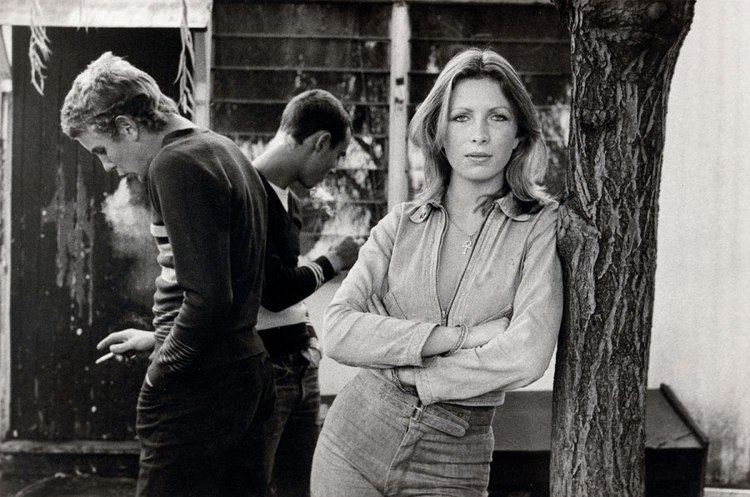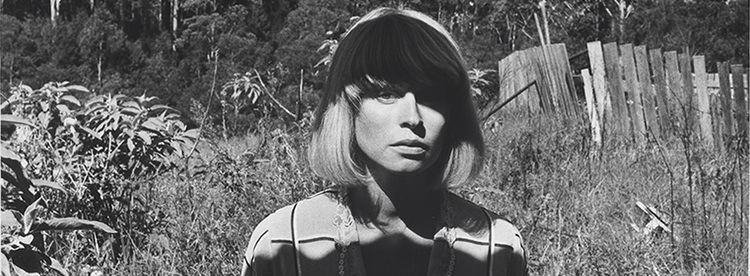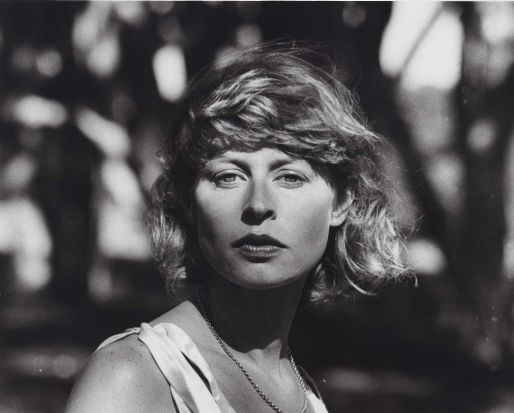Nationality Australian Known for Photographer | Name Carol Jerrems Role Photographer | |
 | ||
Died February 21, 1980, Prahran, Australia Books Living in the 70s: Photographs Similar Anne Ferran, Anne Zahalka, Ruth Maddison | ||
Carol jerrems great australian photographer
Carol Jerrems (14 March 1949 –21 February 1980) was an Australian photographer/filmmaker whose work emerged just as her medium was beginning to regain the acceptance as an artform that it had in the Pictorial era, and in which she newly synthesises complicity performed, documentary and autobiographical image-making of the human subject, as exemplified in her Vale Street.
Contents
- Carol jerrems great australian photographer
- Girl in a mirror a portrait of carol jerrems
- Early life
- Career
- Recognition
- Posthumous
- References

Known for documenting the revolutionary spirit of sub-cultures including that of indigenous Australians, disaffected youth, and the emergent feminist movement of Melbourne in the 1970s, her work has been compared to that of internationally known Americans Larry Clark–of a slightly older generation–and Nan Goldin, as well as fellow Australian William Yang.

Jerrems died at age 30. Her short yet productive seven-year career parallels that of contemporary Francesca Woodman.

Girl in a mirror a portrait of carol jerrems
Early life

Jerrems was born on 14 March 1949 at Ivanhoe, Melbourne the third child of Victorian-born parents Eric Alfred Jerrems (1917-1970), an accountant, and Joyce Mary (a.k.a. Joy) née Jacobs, (1922-1993), seamstress and artist. She attended (1955–60) Ivanhoe Primary School and Heidelberg High School (1961–66) and went on in 1967 to complete a Diploma of Art and Design, majoring in Photography, in the newly established photography course at Prahran Technical School, where she was taught by cinematographer Paul Cox and acted in his film Skin Deep. During her studies she was awarded the Walter Lindrum Scholarship, the Institute of Australian Photographers Award, and First Prize in the Kodak Students Photographic Competition.

Having graduated from Prahran Technical School, Jerrems undertook a Diploma of Education at Hawthorn State College, Melbourne.
Career
In 1971, National Gallery of Victoria curator Jennie Boddington (from 1972 director of the first Department of Photography in any Australian public gallery) acquired Jerrems’ work for the collection.
She remained close to Paul Cox, appearing in his ‘’The Journey’’ (1972), and to fellow Prahran College ex-students lan Macrae and Robert Ashton, with whom she shared a house in St. Kilda. She also befriended 62 year Henry Talbot (who was then exchanging an illustrious career in fashion photography for teaching), posed for him and formed a collaboration so successful that when Australia’s first stand-alone photography gallery Brummels was opened by Rennie Ellis and Robert Ashton above a cafe at 95 Toorak Road, South Yarra, the inaugural exhibition was Two Views of Erotica: Henry Talbot/Carol Jerrems (14 December 1972 – 21 January 1973). Talbot invited her to teach photography with him at the Preston Institute and in 1975 she also began teaching photography, filmmaking and yoga at Coburg Technical School, Melbourne.
When Jerrems started teaching at Heidelberg Technical School, she befriended its disadvantaged students, some who were members of sharpie gangs, whom she photographed and filmed in nearby Banyule Reserve at Viewbank on the Yarra River. Series of these images were published in the Melbourne University quarterly Circus amongst the increasing number of commissions and publications she secured through her widening networks in cinema, theatre, music and women's liberationist and aboriginal communities.
These successes brought her, in 1974, an exhibition The Alphabet Folio at the National Gallery of Victoria, and inclusion in a survey of contemporary Australian photography published by the newly formed Australian Centre for Photography, Sydney. She published A Book About Australian Women prompted by the upcoming International Women's Year (IWY) of 1975, also exhibiting 32 works-in-progress from this series at Brummels (1974). Moving in 1975 to Sydney to live with her boyfriend, filmmaker Esben Storm, she taught at Hornsby and Meadowbank Technical Colleges, and shared a house with actress Kate Grenville.
In Sydney Jerrems exhibited solo and conducted workshops at the ACP, and later showed at Hogarth Gallery, then with Christine Godden, Christine Cornish and Jenny Aitken in Four Australian Women at the Photographers’ Gallery in South Yarra, Melbourne (18 May–11 June 1978), and with Roderick McNicol at Pentax Brummels Gallery of Photography (3 August–3 September 1978). Another solo exhibition at the ACP followed in November that included photographs from her series Thirty—eight Buick (1976) and Sharpies (1976). Meanwhile, Jerrems completed her film Hanging About (1978), about rape:
"Rape is the hatred, contempt and oppression of women in this society, in one act. It is a symptom of a mass sickness called sexism. This sickness can be cured. In order to change, we have to change." (from closing title)
The film was (posthumously) a finalist in the general section of the Greater Union Awards and shown at the opening of the Sydney Film Festival, Friday June 13, 1980, at the State Theatre, Sydney.
In 1979 Jerrems began teaching at the School of Art in the Tasmanian College of Advanced Education, Hobart, but was admitted to hospital on June 12 suffering Budd–Chiari syndrome. Despite the painful condition, she worked on a photo-diary of her prolonged stay in Royal Hobart Hospital then traveled to Sydney that August to contribute to the Visual Arts Board photography assessment panel for the Australia Council. However, on 19 November 1979 she was admitted again to hospital in Melbourne. She died 21 February 1980 at The Alfred Hospital.
Recognition
Carol Jerrems' life and work is partly described in the documentary Girl in a Mirror (2005) and her work is achieving increasing recognition through exhibitions and screenings of her films. Her photographs and negatives are archived at the National Gallery of Australia.
